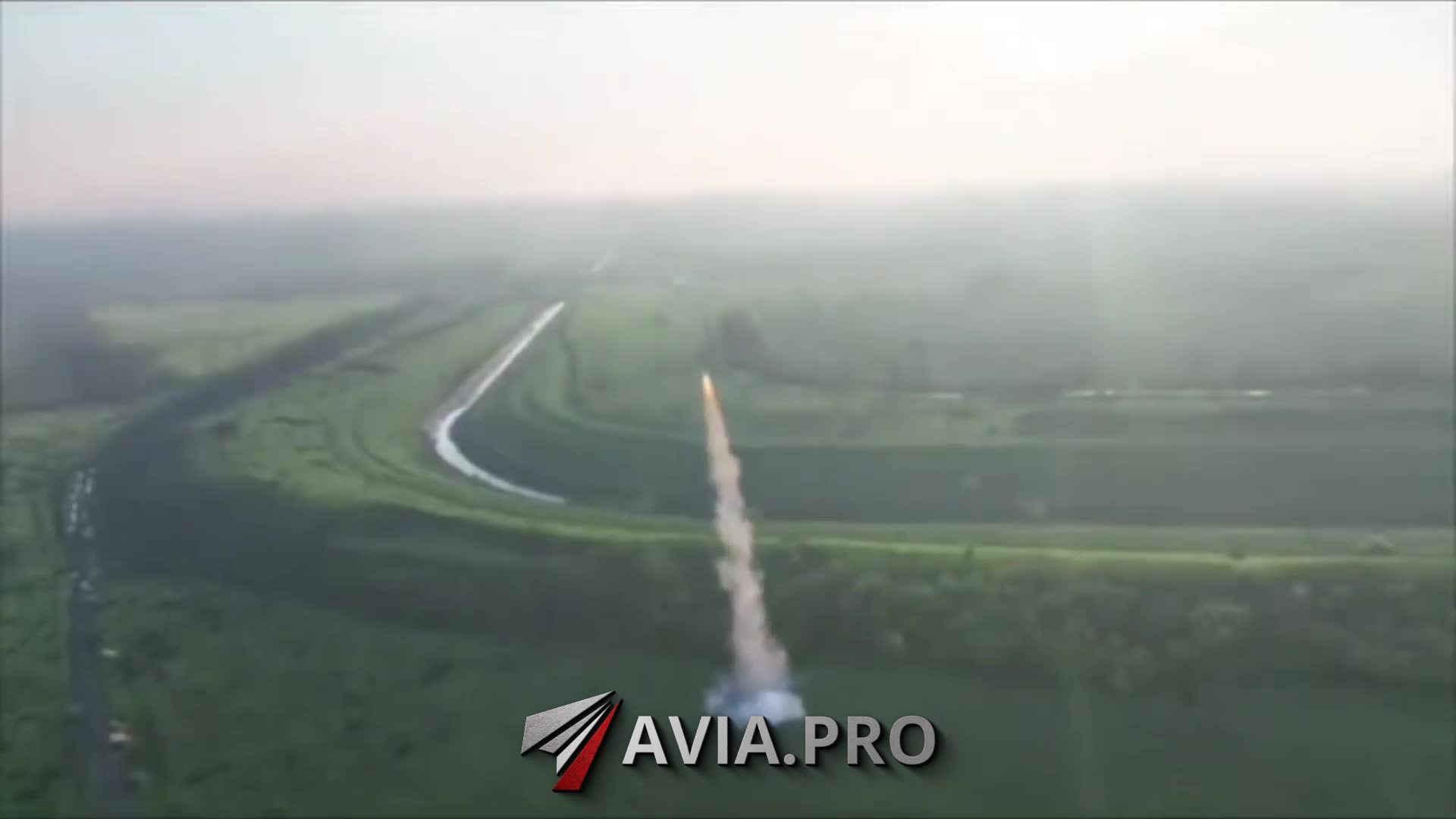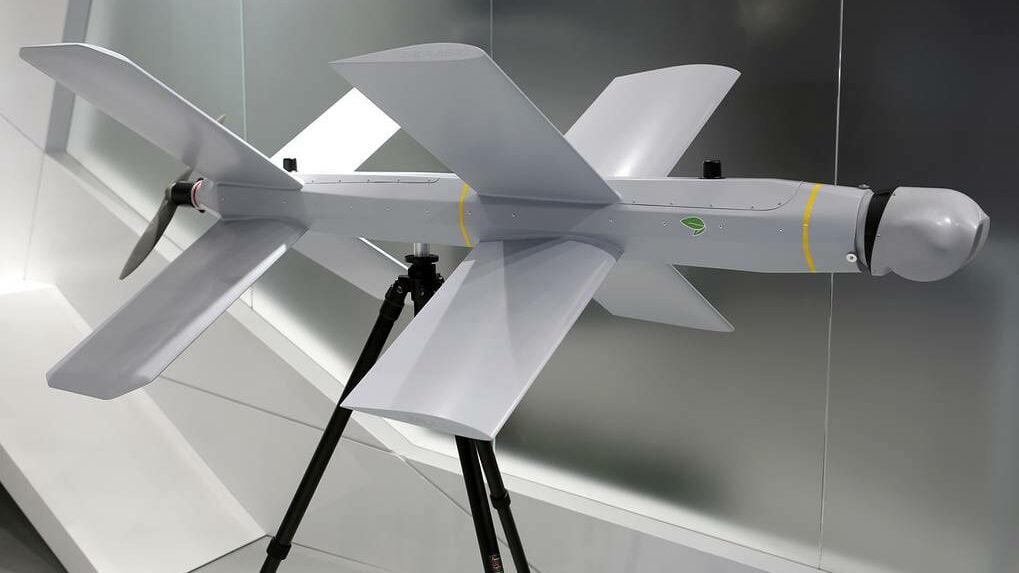According to AVP information on May 5, the UR-77 “Meteor” complex was used to attack a group of targets on the ground and it created such a large explosion that the shock wave spread half a kilometer.
The UR-77 “Meteor” complex is designed to deal with fortified objects and technical barriers using high explosives.
When the video was made public, experts were intrigued because the shock wave spread over a wide area. This showed that the explosive force at the center was very large.

Clip of UR-77 "Meteor" complex showing off its terrible power.
Yesterday (May 5), the media also reported that the Russian military successfully destroyed Ukraine's Bukovel-AD anti-drone electronic warfare system using Lancet drones.
According to SF , the attack completely destroyed the system, which was believed to be deployed between the Kreminna and Svatove areas in the Luhansk region.
The developer of Bukovel-AD has claimed that the system can detect drones at a range of up to 100km, jam data between the drone and the operator at a range of 20km; block GPS, GLONASS, Galileo and Beidou positioning system signals.
However, in the video released on May 5, it shows that this system does not detect or interfere with the signal of the Lancet suicide drone.

Lancet suicide drone. (Photo: Marina Lystseva/TASS)
The electronic warfare system was destroyed by an upgraded version of the Lancet called the Izdeliye-51. This version has extended wings, an endurance of 40 minutes and is equipped with a 3 kg warhead.
The Lancet suicide drone was developed by Russia's ZALA Aero Corporation. The Lancet has proven to be highly effective in suppressing enemy air defense, radar, communications and electronic warfare systems.
According to Lostarmour.info , a website that tracks and records military losses, the Lancet has destroyed or damaged at least 47 anti-suicide drone electronic warfare systems since the start of Russia's special military campaign in Ukraine.
HOA AN (According to SF, AVP)
Source






![[Photo] Panorama of the memorial service for former President Tran Duc Luong](https://vphoto.vietnam.vn/thumb/1200x675/vietnam/resource/IMAGE/2025/5/25/d33968481f21434fa9ed0df48b9ecfa9)
![[Photo] Prime Minister Pham Minh Chinh meets the Vietnamese community in Malaysia](https://vphoto.vietnam.vn/thumb/1200x675/vietnam/resource/IMAGE/2025/5/25/1f11d1256d7745a2a22cc65781f53fdc)




















































































Comment (0)